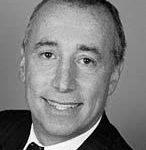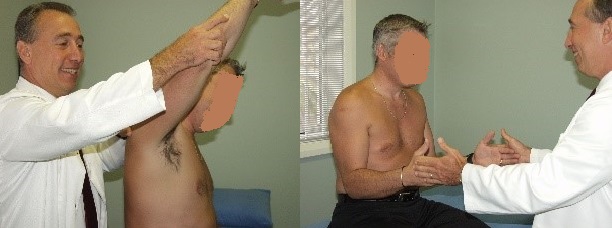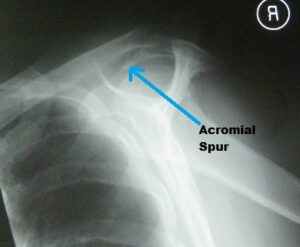CASE STUDY
Presented by Dr Jerome Goldberg:History:
- 30 year old male, dominant arm
- Fall onto outstretched arm
- No prior history of shoulder issues

Examination:
- Tender Rotator cuff
- Slight limitation of active movement
- Full range of passive movement
- Power normal
- Positive Impingement test

Investigations:
- Xrays are required to exclude other pathology but are usually normal. The “outlet” view allows assessment of any acromial spur.
- Ultrasounds are not helpful while an MR/Arthrogram may be indicated if there is power loss

Treatment:
The vast majority of patients improve with 12 weeks of the nonoperative treatment.
This treatment includes:
- monthly subacromial cortisone injections for three months
- NSAIDs
- physiotherapy to incorporate a stretching and strengthening programme
- activity modification-avoid heavy lifting and overhead activity
If the patient fails three months of nonoperative treatment and surgery should be considered.
Comments:
- Loss of external rotation power on examination, is suggestive of a full thickness rotator cuff tear.
- In the younger patient this would be an indication to get an MR/Arthrogram or seek specialist referral.
- Ultrasounds are very inaccurate and should be interpreted with caution.

